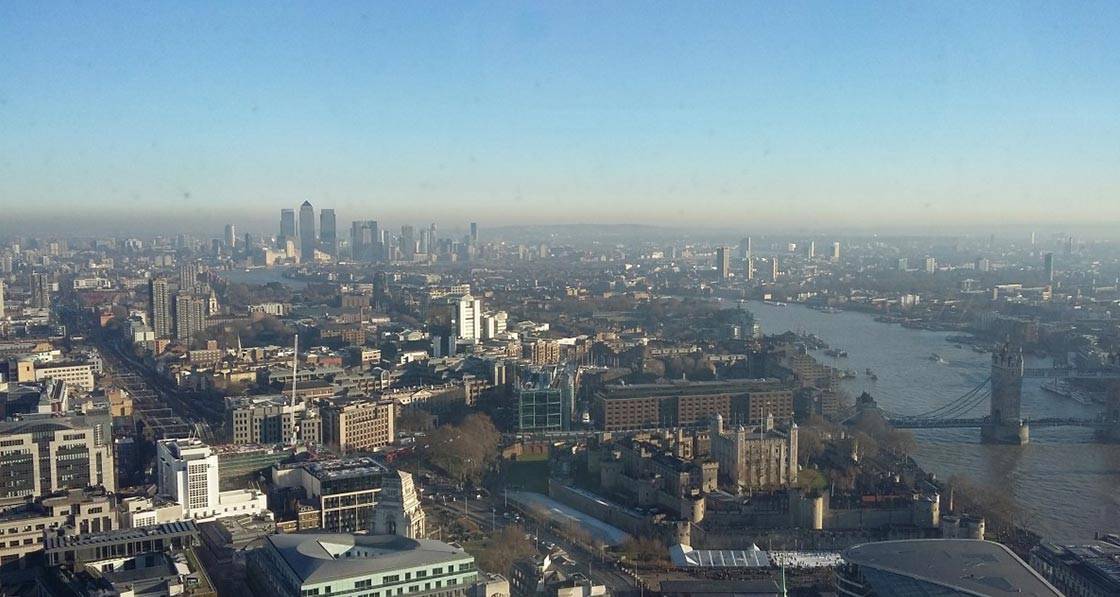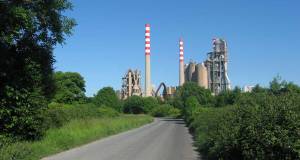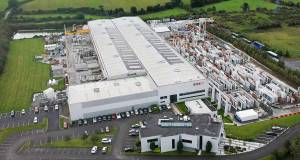
- Health
- Posted
New research finds air pollution particles in human placentas
This article was originally published in issue 27 of Passive House Plus magazine. Want immediate access to all back issues and exclusive extra content? Click here to subscribe for as little as €10, or click here to receive the next issue free of charge
Previous research has indicated links between pregnant mothers’ exposure to air pollution and complications including premature birth, low birth weight, childhood respiratory problems, and even infant mortality.
The new study, presented at the European Respiratory Society International Congress and funded by the charity Barts, suggests that when pregnant women breathe polluted air, sooty particles can reach the placenta via the bloodstream.
The work was presented by Dr Norrice Liu, a paediatrician and clinical research fellow, and Dr Lisa Miyashita, a post-doctoral researcher, both of Queen Mary’s Blizard Institute.
Dr Miyashita said: “We’ve known for a while that air pollution affects foetal development and can continue to affect babies after birth and throughout their lives.
“We were interested to see if these effects could be due to pollution particles moving from the mother’s lungs to the placenta. Until now, there has been very little evidence that inhaled particles get into the blood from the lung.”
The researchers worked with five pregnant women who were all living in London and due to have planned caesarean section deliveries at the Royal London Hospital. They were all non-smokers with uncomplicated pregnancies and each one gave birth to a healthy baby. The women all gave permission for researchers to study their placentas after delivery.
The team was interested cells called placental macrophages. Macrophages are part of the body’s immune system and work by engulfing harmful particles, such as bacteria and pollution particles. In the placenta they also help to protect the foetus.
The team studied a total of 3,500 placental macrophage cells from the five placentas and examined them under a high-powered microscope. They found 60 cells that between them contained 72 small black areas the researchers believed were carbon particles.
They went on to study the placental macrophages from two placentas in greater details using an electron microscope and again found material that they believe was made up of tiny carbon particles.
Dr Liu added: “We do not know whether the particles we found could also move across into the foetus, but our evidence suggests that this is indeed possible. We also know that the particles do not need to get into the baby’s body to have an adverse effect, because if they have an effect on the placenta, this will have a direct impact on the foetus.”






